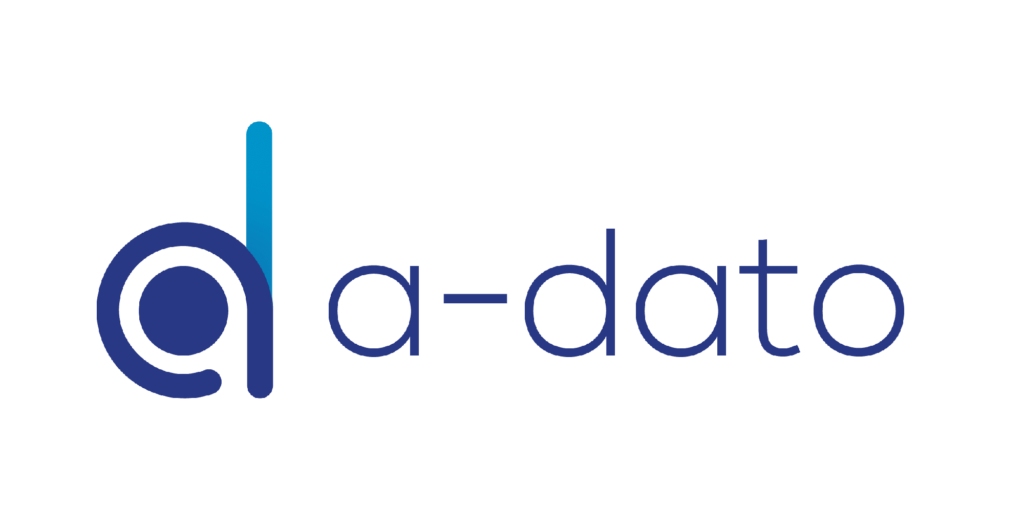Hybrid project management represents a pivotal evolution in project delivery, strategically blending the structured predictability of traditional methodologies like Waterfall with the adaptive flexibility of Agile approaches. Major research bodies such as PMI and Gartner affirm this shift, with robust evidence showing increasing adoption across industries. This blog distills key findings from recent industry reports and comprehensive academic analysis to illustrate why hybrid project management is more than a trend—it’s a strategic imperative.
📑 Table of Contents
-
The Rise of Hybrid: Research-Backed Trends
-
Why the Hybrid Shift Is Happening
-
Key Characteristics of Hybrid PM
-
Benefits of the Hybrid Approach
-
Challenges to Watch Out For
-
Enablers of Hybrid Success
-
Conclusion: The Strategic Imperative
- References
The Rise of Hybrid: Research-Backed Trends
PMI’s Pulse of the Profession
According to PMI’s Pulse of the Profession:
- Over 60% of high-performing organizations now use a hybrid approach.
- Adoption of hybrid methods rose from 20% in 2020 to 31.5% in 2023.
These figures highlight a significant and accelerating shift away from methodology purity.
Gartner on Adaptive Governance
Gartner emphasizes the need for:
- Adaptive portfolio governance, supporting Agile and non-Agile workstreams.
- Tools that align strategy with delivery across methodological boundaries.
These insights underscore that organizations are no longer choosing between Agile or Waterfall—they are building blended ecosystems.
Why the Hybrid Shift Is Happening
The Problem with Purity
Single-method frameworks are too rigid (Waterfall) or too unstructured (Agile) to handle modern project complexity:
- Agile teams thrive in fast-paced environments—but often lack predictability.
- Waterfall offers structure—but struggles to adapt to changing requirements.
Hybrid solves this by enabling structured adaptability: predictability when it matters, and flexibility when it counts.
Drivers of Hybrid Adoption
- Project complexity is increasing.
- Cross-functional collaboration is essential.
- Stakeholder expectations are higher.
- Digital transformation initiatives demand simultaneous stability and speed.
Hybrid methodologies are built to balance these competing demands.
Key Characteristics of Hybrid PM
Tailored Methodology Blends
Hybrid approaches mix and match based on context:
- Agile sprints + Waterfall milestones
- Kanban flow + traditional reporting
- Scrum stand-ups + gated reviews
The goal? Apply the right tool to the right part of the project.
Strategic Project Tailoring
According to recent research:
“Hybrid project management is not a predefined method. It’s a custom framework built to fit the unique characteristics of each project.”
Enhanced Stakeholder Engagement
- Combines frequent feedback loops with milestone-based governance.
- Enables broader buy-in across departments and leadership.
Balanced Risk Management
- Agile iteration identifies issues early.
- Waterfall structure provides long-term risk control.
Benefits of the Hybrid Approach
1. Adaptability Without Chaos
Hybrid teams pivot fast—without derailing the roadmap.
2. Improved Collaboration
Blended communication systems foster better alignment across roles.
3. Optimized Risk Mitigation
Combining iterative feedback with strategic foresight leads to higher quality outcomes.
4. Higher Project Success Rates
Organizations using hybrid methods report:
- Faster delivery
- Better innovation outcomes
- Improved resource allocation
Challenges to Watch Out For
Integration Complexity
Mixing methods can cause confusion if boundaries are not clearly defined. Successful hybrid delivery demands deliberate architecture—not improvisation.
Cultural Resistance
Blending Waterfall and Agile cultures can cause tension. Leaders must build trust, support team training, and encourage cross-method empathy.
Communication Gaps
Without clear communication protocols, hybrid teams risk falling into the “Handoff Black Hole.”
Enablers of Hybrid Success
1. Strategic Tailoring & Governance
Establish which parts of a project follow Agile vs. Waterfall—and define clear integration points.
2. Hybrid-Ready Leadership
Leaders must balance structure and flexibility. Soft skills, emotional intelligence, and psychological safety are essential.
3. Hybrid-Capable Tools
Platforms like LYNX support hybrid delivery by enabling:
- Gantt + Kanban + Sprints
- Resource-first prioritization
- Integrated dashboards
4. Outcome-Centric Measurement
Use metrics that measure value delivered, not just tasks completed. Combine Agile velocity with Earned Value Management (EVM) for a full view.
Conclusion: The Strategic Imperative
PMI, Gartner, and emerging academic research all confirm the same truth: hybrid is the future of project delivery.
Organizations that adopt hybrid models with intention—investing in training, tools, and tailored frameworks—are more adaptable, more aligned, and more likely to succeed.
If you’re still managing Agile and Waterfall teams in silos, now’s the time to evolve.
📘 Learn more about Hybrid Project Management in our whitepaper.
📆 Book a demo of LYNX to see how it brings your hybrid strategy to life.
📚 References
-
Project Management Institute (2023). Pulse of the Profession®: Power Skills, Redefining Project Success. www.pmi.org/pulse
-
Gartner (2023). Future of Project Management: Adaptive Portfolio Governance and Strategic Execution.
-
Reiff, J. & Schlegel, A. (2022). Hybrid Project Management – A Systematic Literature Review, Procedia Computer Science, Elsevier.
-
PM Solutions (2024). The State of the PMO.
-
Standish Group (2022). CHAOS Report: Beyond Infinity.
-
Agile Alliance. What is Hybrid Agile? www.agilealliance.org
-
Deloitte Insights (2023). Enterprise Agility: The New Operating Model for Modern Business.
-
McKinsey & Company (2022). The Next Normal in Project Delivery.
-
Harvard Business Review (2023). Leading Hybrid Teams: Skills for a New Era.
-
Gartner (2024). Market Guide for Adaptive Project Management Tools.











